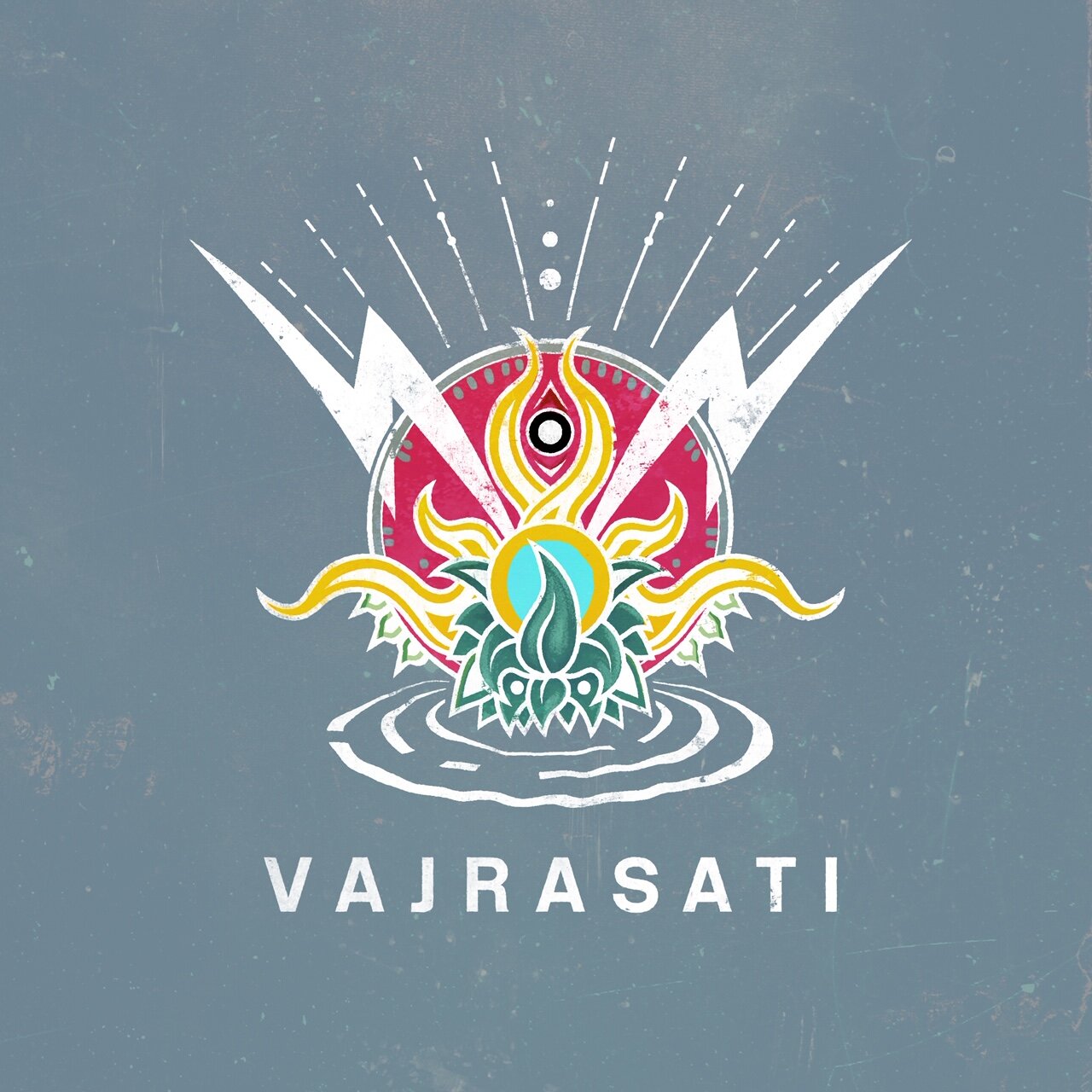Pranayama
One meaning of the Sanskrit word Pranayama is the expansion, the stretching-out, of life force. In one sense, it refers to breathing generally as a vehicle to understand and experience connectivity (implicit pranayama); and in another, to using specific breathing techniques that increase and distribute energy and harmonise the practitioner with their environment (explicit Pranayama).
The Practice of Pranayama, is well known and little understood. There is a lot of information out there that explains the techniques, and so enables you to engage in the mechanics of pranayama, but not so much that describes the art of it. This is, of course, due in part to the relative ease of explaining mechanics over art. There are note-worthy exceptions to this such as Iyengar’s exceptional work the ‘Light on Pranayama’, but these are few and far between.
It is possible to ‘learn’ even advanced Pranayama techniques in a few days, or even a few hours. But understanding pranayama is synonymous with understanding Yoga. In Pranayama we practice ‘relationship’ just as we do when we practice any other form of yoga. After all, the word yoga originates from Yuj, which means yoking or bringing together. All forms of yoga are essentially an act of listening and adaptation. It does not involve reaching a set point that we label completion or finished, but rather it is a practice of coming back to a sense of centre, and exploring how our relationships (in this case with the breath) can deepen that sense of centre.
Pranayama is effective on many levels, and as well as its shared traits with other yoga practices, it is particularly potent in regards to its specific effect on the body/mind energy.
